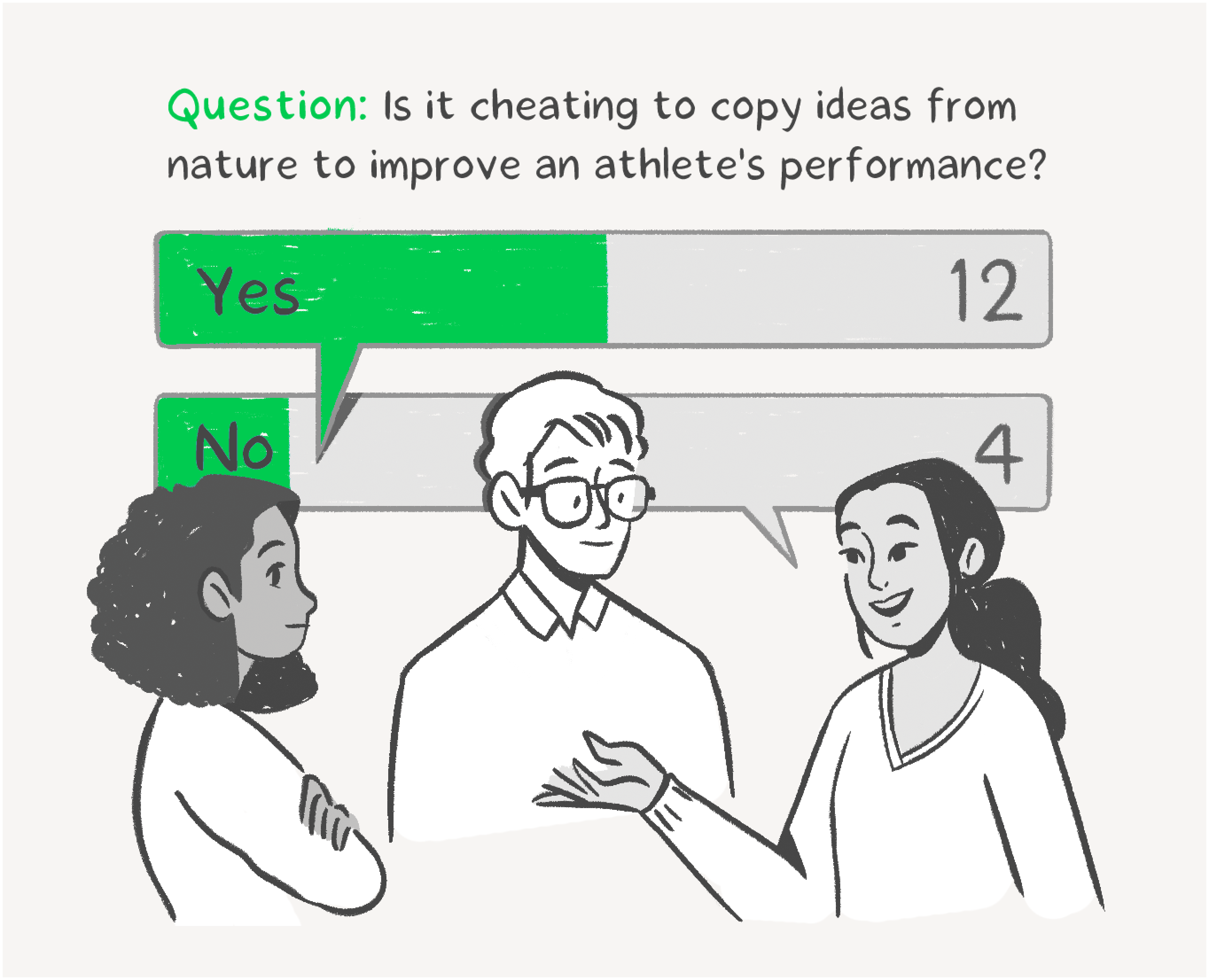Science squad unite: Five tips to kickstart collaboration

As the new school year calls, teachers will begin laying the foundation for a year of discovery and growth. One key to success centers on nurturing collaborative skills. Research has shown that instilling these practices from the outset not only enhances academic success but also cultivates vital life skills in students (Lou et al., 2001). Let's dig into five easy ways to lead with collaboration this school year.
1. Co-construct group norms
To cultivate a positive classroom atmosphere, science teachers can guide students to co-construct collaboration norms. Through group discussions, students identify key behaviors for effective teamwork. These ideas are synthesized and transformed into visually appealing norms displayed on a poster. By collectively pledging to uphold these norms, students take ownership of their collaborative efforts, fostering a respectful and fostering a respectful environment that extends beyond the four walls of your classroom. A simple way to run this activity is to create a 3-column chart for “Effective Teams” and ask students to brainstorm responses to three questions for each column: What do these teams look like? Sound like? Feel like?
2. Run an escape room
Science-themed escape rooms offer an exciting gateway to cooperation and collaboration. As students come together to decipher intricate puzzles and conquer scientific challenges, they naturally harness their collective problem-solving skills. This collaborative journey encourages open communication, the sharing of diverse perspectives, and the pooling of individual strengths. In our latest escape room, students watch a video about a leak at a fictional hydrogen production facility, Future Hydrogen. Students have 40 minutes to stop the leak by completing eight challenges related to the science and applications of hydrogen.
3. Try new grouping strategies for sharing ideas

Utilize the jigsaw method to foster collaboration and cooperation. Divide the class into small groups and assign each group a specific topic related to a larger scientific concept. Each group becomes an "expert" on their topic. Then, reshuffle the groups so that each new group has one "expert" from each original group. In this way, students must collaborate and share their expertise to understand the bigger picture. Check out an example of a Stile jigsaw activity here!
4. Warm up with breaking science news stories
Breaking science news stories serve as potent catalysts for student engagement and collaboration in the classroom. These stories aren't just headlines – they're powerful tools that spark lively discussions and encourage collaborative exploration among your students. To find the latest in science news, you might check out your favorite science magazine, science news website or explore one of Stile’s Breaking News lessons! One of our newest lessons asks students to think critically about the good, the bad, and the ugly behind AI.
5. Leverage online collaboration tools

By weaving in digital collaboration tools and platforms, teachers open up a whole new world of learning possibilities. These tools seamlessly bring students together and can provide an entry point for every student into the class conversation. From virtual labs that simulate experiments to interactive whiteboards that foster real-time brainstorming, these platforms empower students to collaborate, share insights, and tackle complex scientific concepts collectively. For example, teachers may use a Google Jamboard to get students to brainstorm through digital sticky notes. Stile lessons often include a brainstorming question at the beginning of every lesson so that every student's voice is heard and teachers can pull student responses for an even deeper discussion. Check out an example here, from the first lesson in our newest Waves unit.
References:
Lou, Y., Abrami, P. C., & d’Apollonia, S. (2001). Small group and individual learning with technology: A meta-analysis. Review of educational research, 71(3), 449-521.

